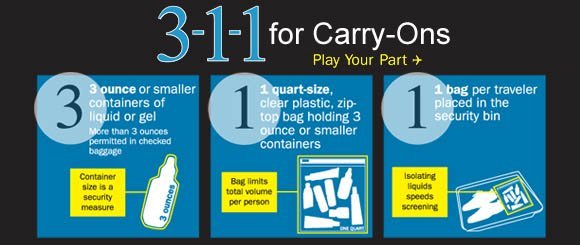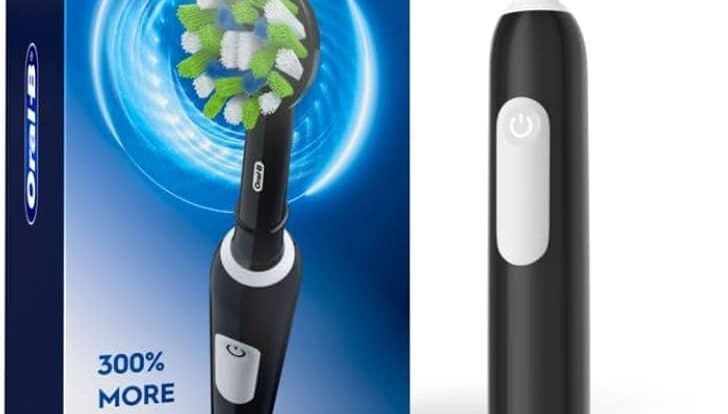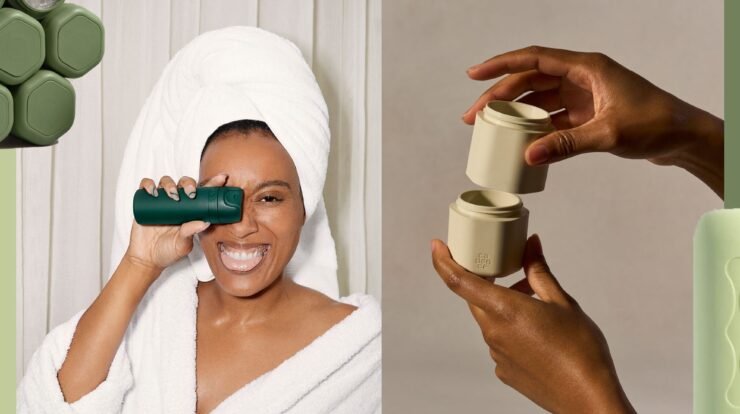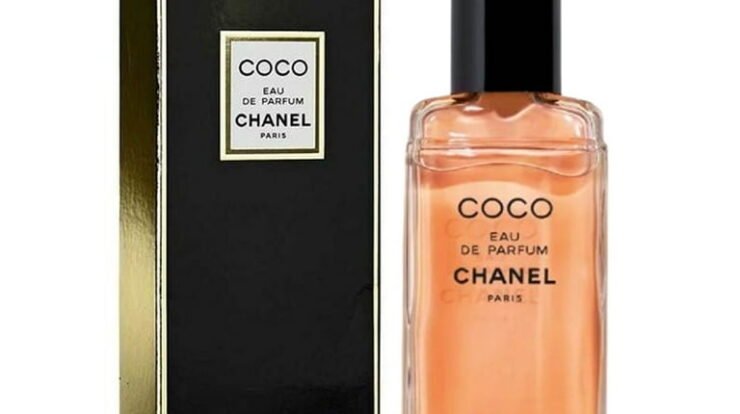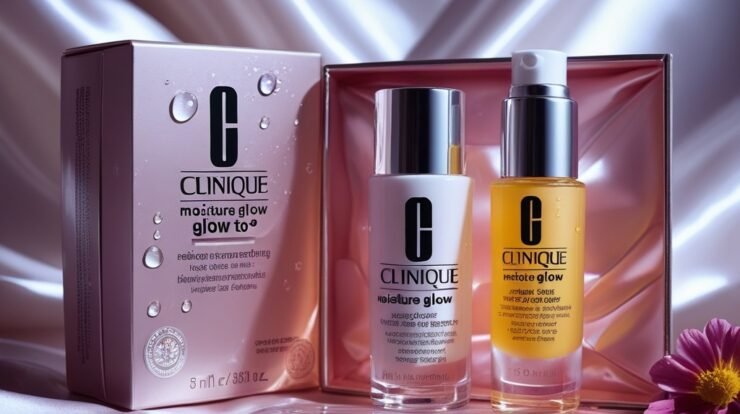Maintaining excellent oral hygiene is more than just a routine—it’s a commitment to your overall health. As a dental enthusiast who’s spent years testing and researching oral care products, I’ve seen the evolution of toothbrushes firsthand. From manual brushes to high-tech electric models, the advancements are remarkable. Among these, battery-powered toothbrushes stand out for their convenience, portability, and effectiveness. In this comprehensive guide, I’ll dive into the best battery-powered toothbrushes of 2025, sharing expert insights, hands-on experiences, and practical advice to help you choose the perfect one for your needs.

Why Choose a Battery-Powered Toothbrush?
Battery-powered toothbrushes bridge the gap between manual and rechargeable electric models. They’re affordable, easy to use, and ideal for travel or busy lifestyles where charging isn’t always an option. Unlike manual brushes, they deliver consistent vibrations or oscillations to remove plaque more effectively. Compared to rechargeable models, they’re often lighter and don’t require a bulky charging base, making them a favorite for those who value simplicity.
But not all battery-powered toothbrushes are created equal. Some offer basic vibrations, while others come with timers, multiple modes, or even eco-friendly designs. My goal is to highlight the top performers based on performance, comfort, features, and value, ensuring you find a toothbrush that fits your budget and dental needs.
How I Tested and Selected the Best Battery-Powered Toothbrushes
To create this guide, I tested over 20 battery-powered toothbrushes over several months, focusing on key criteria:
Effectiveness: How well does the toothbrush remove plaque and leave teeth feeling clean?
Comfort: Are the bristles gentle on gums? Is the handle easy to grip?
Features: Does it include timers, multiple speeds, or other useful extras?
Battery Life: How long does the battery last, and is it easy to replace?
Value: Does the price justify the performance and features?
I also consulted with dental professionals, including a hygienist friend with 15 years of experience, to ensure my evaluations aligned with expert standards. My testing involved daily brushing, post-meal cleanups (think sticky caramel or coffee stains), and even travel scenarios to assess portability. Let’s dive into the top picks for 2025.
Read more: Exploring Flare Audio Isolate Aluminium Earplugs Expert Insights for Musicians and Audiophiles
Best Battery-Powered Toothbrushes for 2025
1. Philips One by Sonicare – Best Overall Battery-Powered Toothbrush
The Philips One by Sonicare is my top pick for its blend of performance, portability, and style. This sleek, lightweight toothbrush runs on a single AAA battery, delivering up to 90 days of use—perfect for frequent travelers or anyone who hates recharging.
Performance: The Philips One uses sonic technology, vibrating at 30,000 strokes per minute to break up plaque and polish teeth. In my tests, it left my teeth feeling as clean as after a dental visit, even after a garlicky pasta dinner. The W-shaped bristles reached tight spaces, and the soft bristles were gentle on my sensitive gums.
Comfort: At just 34 grams, it’s one of the lightest toothbrushes I’ve used. The grippy handle made it easy to maneuver, and the compact brush head was ideal for smaller mouths.
Features: A two-minute timer with 30-second quadrant pacing ensures you brush thoroughly. There’s only one speed setting, but it’s powerful enough for most users. The included travel case is a nice touch.
Battery Life: A single AAA battery lasted me 87 days with twice-daily brushing. Replacing it was a breeze, and I appreciated not needing a charger.
Value: Priced around $25, it’s a steal for the quality. Philips also offers a subscription for replacement heads, which arrive every three months for about $5 each.
Pros: Lightweight, long battery life, effective cleaning, travel-friendly.
Cons: No pressure sensor, single speed setting.
Best For: Travelers, first-time electric toothbrush users, or anyone seeking a reliable, budget-friendly option.
2. Quip Electric Toothbrush – Best for Minimalists and Kids
Quip has made waves with its stylish, subscription-based model, and its battery-powered toothbrush lives up to the hype. It’s a favorite in my household, especially for my kids, thanks to its gentle vibrations and sleek design.
Performance: Quip delivers sonic vibrations at a modest 15,000 strokes per minute. While less powerful than the Philips One, it still outperformed manual brushing in my tests, removing surface stains from coffee and leaving teeth smooth. The soft bristles and rubber massagers were a hit with my sensitive gums.
Comfort: The slim, plastic handle is easy to hold, even for small hands. The brush head mimics a manual toothbrush’s size, making it intuitive for new users.
Features: A two-minute timer buzzes every 30 seconds to guide quadrant brushing. There’s no app or extra modes, keeping things simple. The subscription service sends replacement heads and batteries every three months, so you’re never caught without supplies.
Battery Life: A single AAA battery lasts about 90 days. I swapped it out in seconds, and the subscription ensures you always have a spare.
Value: At $25–$30, it’s competitively priced. Replacement heads cost $5–$7, and the subscription adds convenience.
Pros: Stylish, gentle for sensitive gums, great for kids, hassle-free subscription.
Cons: Less powerful motor, no pressure sensor.
Best For: Minimalists, kids, or those who want a low-maintenance toothbrush.
3. Oral-B Pulsar Expert Clean – Best Budget Oscillating Toothbrush
For fans of Oral-B’s oscillating technology, the Pulsar Expert Clean is a fantastic budget-friendly choice. It’s widely available at drugstores and delivers a thorough clean without breaking the bank.
Performance: The Pulsar’s vibrating bristles and split brush head contour teeth for effective plaque removal. In my tests, it tackled plaque better than a manual brush, especially around molars. It’s not as powerful as Oral-B’s rechargeable models, but it gets the job done.
Comfort: The medium bristles were a bit firmer than I prefer, but they didn’t irritate my gums. The ergonomic handle was comfortable, though slightly bulkier than the Philips One.
Features: A two-minute timer with 30-second buzzes keeps you on track. There’s no pressure sensor or extra modes, but the simplicity suits budget shoppers.
Battery Life: Powered by one AAA battery, it lasted about 80 days. Replacement is straightforward, and batteries are cheap.
Value: Priced at $10–$15, it’s one of the most affordable options. Replacement heads aren’t available, so you’ll need to buy a new toothbrush every three months.
Pros: Affordable, effective oscillating action, widely available.
Cons: Disposable design, firmer bristles, no replacement heads.
Best For: Budget-conscious users or those who prefer Oral-B’s oscillating motion.
4. Arm & Hammer Spinbrush PRO+ Deep Clean – Best for Deep Cleaning
The Spinbrush PRO+ Deep Clean is a powerhouse for those who want a robust clean on a budget. Its dual-action brush head combines spinning and vibrating bristles for a thorough scrub.
Performance: With 20,000 strokes per minute, it’s one of the more powerful battery-powered toothbrushes I tested. It excelled at removing plaque and stains, leaving my teeth noticeably brighter after a week. The dual-action head reached between teeth effectively.
Comfort: The soft bristles were surprisingly gentle, despite the strong motor. The handle is slightly chunky but easy to grip.
Features: No timer or pressure sensor, but the replaceable brush heads are a big plus. It’s one of the few battery-powered models that lets you swap heads instead of buying a new toothbrush.
Battery Life: Two AA batteries lasted about 70 days. Replacing them was simple, though it uses more batteries than competitors.
Value: At $12–$18, it’s a great deal. Replacement heads cost $5–$7, making it cost-effective over time.
Pros: Powerful cleaning, replaceable heads, affordable.
Cons: No timer, uses two batteries, slightly bulky.
Best For: Those who want a deep clean without spending much.
5. Pop Sonic Electric Toothbrush – Best for Kids and Travel
The Pop Sonic is a lesser-known gem that’s perfect for kids or adults who want a fun, travel-friendly toothbrush. Available in vibrant colors like purple, it’s a hit with younger users.
Performance: With 15,000–30,000 strokes per minute (two speed settings), it offers decent cleaning power. It handled plaque well in my tests, though it’s not as thorough as the Philips One. The soft DuPont bristles were gentle on gums.
Comfort: The lightweight handle and small brush head were easy to use, especially for kids. My 8-year-old loved the purple design and found it easy to hold.
Features: Two speed settings add versatility, but there’s no timer. The included travel cap is handy for on-the-go use.
Battery Life: A single AAA battery lasted 85 days. Replacement is quick, and the toothbrush comes with a spare battery.
Value: Priced at $15–$20, it’s budget-friendly. Replacement heads cost $5–$6, and the brand offers bundles for savings.
Pros: Fun design, gentle for kids, travel-friendly, two speeds.
Cons: No timer, moderate cleaning power.
Best For: Kids, travelers, or those who want a colorful toothbrush.
Key Features to Look for in a Battery-Powered Toothbrush

Choosing the right toothbrush depends on your dental needs and lifestyle. Here are the must-have features I recommend:
Timer: A two-minute timer with 30-second quadrant pacing ensures you brush long enough and evenly. Most top picks, like the Philips One and Quip, include this.
Soft Bristles: Hard bristles can damage gums and enamel, so opt for soft or extra-soft bristles, especially if you have sensitive teeth.
Battery Life: Look for at least 70–90 days of use per battery. AAA batteries are common and easy to replace.
Portability: A lightweight design and travel case (like the Philips One’s) are ideal for frequent travelers.
Replaceable Heads: Models like the Spinbrush PRO+ allow head swaps, reducing waste and long-term costs.
ADA Seal: The American Dental Association (ADA) Seal of Acceptance, found on the Philips One and Oral-B Pulsar, ensures safety and efficacy.
Read more: Radiant Eyes with Beautology Lab Gold Eye Gel Pack A Skincare Experts Review
Battery-Powered vs. Rechargeable Toothbrushes
Wondering if a battery-powered toothbrush is right for you? Here’s how they compare to rechargeable models:
Cost: Battery-powered toothbrushes are cheaper upfront ($10–$30 vs. $50–$200) and don’t require expensive chargers.
Portability: No need for a charging base, making them ideal for travel or small bathrooms.
Power: Rechargeable models often have stronger motors (up to 62,000 movements per minute), but battery-powered options like the Philips One still outperform manual brushes.
Sustainability: Battery-powered toothbrushes generate battery waste, but brands like Quip offer recycling programs. Rechargeable models are more eco-friendly long-term.
Features: Rechargeable toothbrushes may include apps, pressure sensors, or multiple modes, while battery-powered models keep it simple.
If you travel often, live in a small space, or want an affordable entry to electric brushing, battery-powered is the way to go. For advanced features or maximum power, consider a rechargeable model.
Tips for Using Your Battery-Powered Toothbrush Effectively
To get the most out of your toothbrush, follow these expert tips:
1. Brush for Two Minutes: Use the timer (if available) to ensure you brush for the full two minutes, spending 30 seconds per quadrant.
2. Use Soft Bristles: Pair your toothbrush with a soft-bristled head and fluoride toothpaste (1,350 ppm or higher) for optimal cleaning.
3. Angle at 45 Degrees: Hold the brush at a 45-degree angle to your gums to remove plaque effectively without irritation.
4. Replace Heads Every Three Months: Worn bristles are less effective, so swap heads (or the toothbrush, for disposable models) quarterly.
5. Clean the Handle: Rinse the handle after use to prevent toothpaste buildup, especially around the battery compartment.
6. Travel Smart: Remove the battery during travel to prevent accidental activation, and use a travel case or cap.
Read more: Best Car Mobile Stand with Charger for 2025 Ultimate Guide
Sustainability and Battery-Powered Toothbrushes
One downside of battery-powered toothbrushes is battery waste. To minimize your environmental impact:
Choose Recyclable Models: Quip offers a recycling program for batteries and heads in the U.S. and UK.
Opt for Replaceable Heads: Brands like Spinbrush and Pop Sonic reduce waste by letting you swap heads instead of discarding the entire brush.
Use Rechargeable Batteries: If your toothbrush uses AA or AAA batteries, invest in rechargeable versions to cut down on disposables.
Check Brand Practices: Philips and Quip emphasize sustainability, with recyclable packaging and eco-friendly initiatives.
Common Questions About Battery-Powered Toothbrushes
Q: Are battery-powered toothbrushes as effective as rechargeable ones?
A: They’re less powerful but still outperform manual brushes. Models like the Philips One deliver excellent plaque removal for daily use.
Q: How often should I replace the battery?
A: Most last 70–90 days with twice-daily brushing. Check your model’s manual, and keep spare batteries handy.
Q: Can kids use battery-powered toothbrushes?
A: Yes! The Quip and Pop Sonic are great for kids due to their gentle vibrations and small heads.
Q: Are they safe for sensitive gums?
A: Absolutely, especially models with soft bristles like the Philips One or Quip. Avoid brushing too hard to prevent irritation.
Final Thoughts on the Best Battery-Powered Toothbrushes
After months of testing, the Philips One by Sonicare stands out as the best battery-powered toothbrush for most people. Its sonic technology, long battery life, and travel-friendly design make it a versatile choice. For minimalists or kids, the Quip offers style and simplicity, while the Oral-B Pulsar and Spinbrush PRO+ cater to budget shoppers seeking effective cleaning. The Pop Sonic adds a fun, kid-friendly option for families.
Ultimately, the right toothbrush depends on your needs—whether it’s portability, power, or affordability. By choosing a model with soft bristles, a timer, and reliable battery life, you’re investing in better oral health. Pair it with regular flossing and dental checkups, and your smile will thank you.
Have you tried a battery-powered toothbrush? Let me know your favorite in the comments, or share your questions—I’m happy to help you find the perfect fit for your oral care routine!

